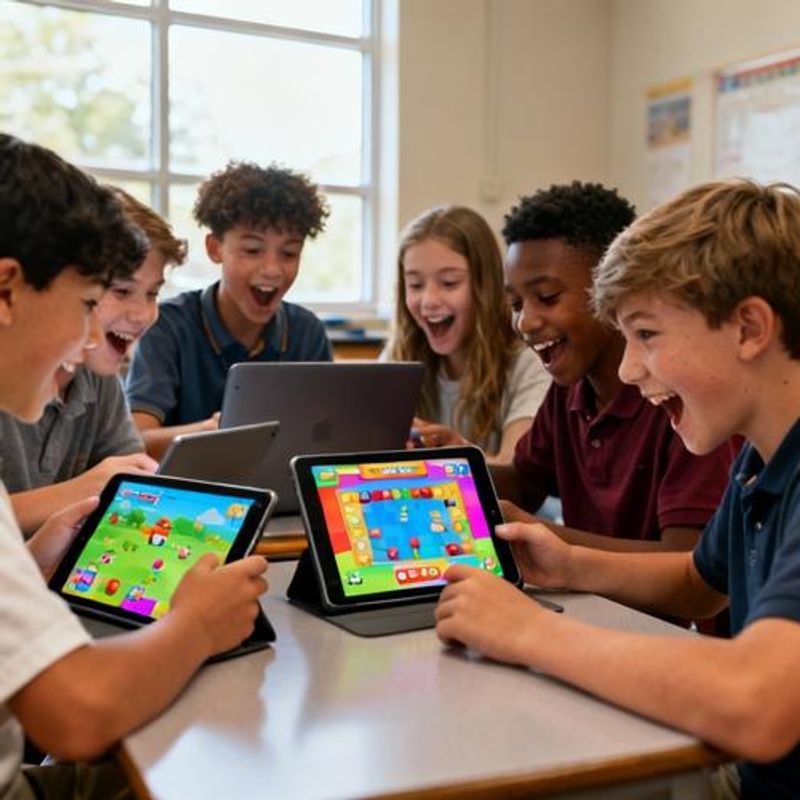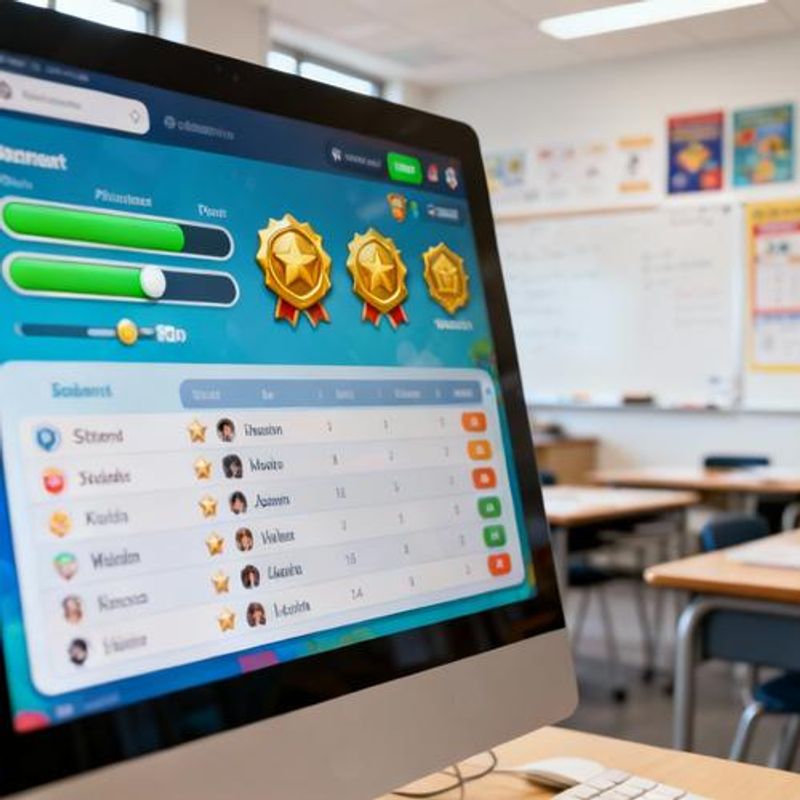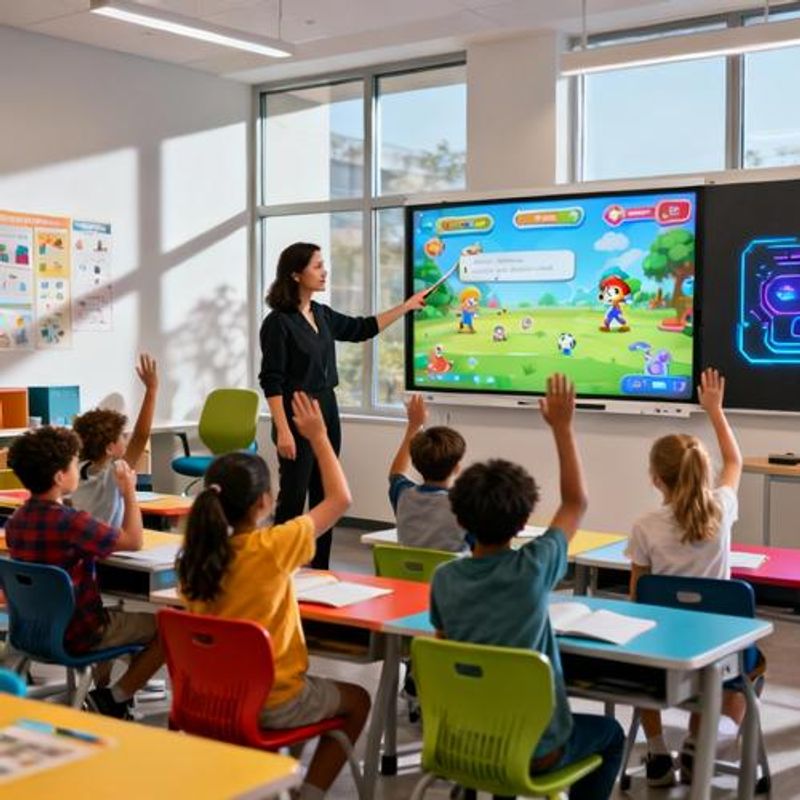What is Gamification in Education: A Complete Guide for Modern Educators

Struggling to maintain student engagement in your classroom? You're not alone. Recent educational research shows that traditional teaching methods are losing their effectiveness, especially with digital-native learners. Gamification in education offers a research-backed solution that transforms learning from a chore into an adventure. This comprehensive guide will show you exactly what gamification is, how it works in educational settings, and provide you with practical strategies to implement it successfully in your teaching practice.

The Student Engagement Crisis: Why Traditional Methods Fall Short
Today's educators face unprecedented challenges. Students arrive in classrooms with shortened attention spans, accustomed to instant feedback and interactive digital experiences. Traditional lecture-based teaching often results in passive learning, where students struggle to connect abstract concepts with real-world applications. Many educators report feeling frustrated when their carefully prepared lessons fail to spark the curiosity and engagement they once did. This disconnect isn't a reflection of teaching quality—it's a fundamental shift in how students process and respond to information in our increasingly digital world.
What is Gamification in Education: Key Insights at a Glance
Gamification in education is the strategic application of game design elements and mechanics to non-game learning environments. It's not about turning your classroom into a video game, but rather leveraging the psychological principles that make games engaging to enhance educational outcomes.
- Increases student motivation through achievement systems and progress tracking
- Enhances learning retention by making abstract concepts interactive and memorable
- Provides immediate feedback mechanisms that accelerate skill development
- Creates safe environments for experimentation and failure-based learning
- Builds collaborative skills through team-based challenges and competitions

Core Elements of Educational Gamification
Understanding the fundamental components of gamification helps educators implement these strategies effectively. Points and scoring systems provide measurable progress indicators, transforming abstract learning achievements into concrete milestones. Badges and achievements create recognition systems that celebrate both major accomplishments and incremental progress. Leaderboards introduce healthy competition while fostering peer motivation. Progress bars and levels give students clear visualization of their learning journey, breaking complex subjects into manageable segments. Challenge-based learning presents curriculum content as problems to solve rather than information to memorize, engaging students' natural problem-solving instincts.
Practical Implementation Strategies for Different Subjects
Mathematics classes can implement point systems for problem-solving, where students earn experience points for mastering different concept levels. Create 'math guilds' where students collaborate on complex problems and earn team achievements. Language arts courses benefit from storytelling quests, where students build narratives while learning grammar and vocabulary. Science classes can use simulation games and virtual laboratories, allowing students to conduct experiments and observe outcomes safely. History lessons transform into time-travel adventures, where students make decisions that impact historical outcomes and learn consequences through interactive scenarios. Social studies can incorporate role-playing games where students assume different societal roles and navigate complex social issues.
Technology Tools and Platforms for Educational Gamification
Modern educators have access to numerous platforms designed specifically for educational gamification. Kahoot transforms quizzes into competitive game shows, perfect for review sessions and formative assessments. Classcraft creates role-playing experiences where students develop characters and work in teams throughout the school year. Duolingo demonstrates effective language learning gamification through streak systems and skill trees. Minecraft Education Edition allows students to build and explore historical sites, conduct scientific experiments, and solve mathematical problems in immersive 3D environments. Google Classroom can be enhanced with third-party gamification plugins that add point systems and achievement tracking to existing workflows.

Common Pitfalls and How to Avoid Them
Over-reliance on extrinsic rewards can undermine intrinsic motivation if not balanced properly. Avoid creating systems where students only engage for points rather than learning. Competition can become counterproductive if it creates anxiety or excludes struggling learners—ensure inclusive achievement systems that recognize effort alongside results. Technology overload is another common mistake; gamification should enhance learning, not replace fundamental pedagogical principles. Some educators attempt to gamify everything, leading to fatigue and diminished effectiveness. Start small with one or two gamified elements and gradually expand based on student response and your comfort level.
Measuring Success and Student Outcomes
Effective gamification implementation requires ongoing assessment and adjustment. Track both quantitative metrics like assignment completion rates, test scores, and participation levels, alongside qualitative indicators such as student feedback, engagement observations, and enthusiasm for learning. Create simple surveys to gauge student attitudes toward gamified activities compared to traditional methods. Monitor whether students continue engaging with optional gamified content outside required assignments—this indicates genuine interest rather than compliance. Document which game elements resonate most with different learning styles and adjust your approach accordingly.
Getting Started: Your Gamification Action Plan
Begin your gamification journey by selecting one lesson or unit to pilot test. Choose game elements that align with your teaching style and student needs. Start with simple point systems or achievement badges before progressing to more complex implementations. Connect with other educators experimenting with gamification through online communities and professional development workshops. Remember that effective gamification enhances rather than replaces good teaching—focus on learning outcomes first, game elements second. As you build confidence and see positive results, gradually expand gamification to other areas of your curriculum. Your students are ready for more engaging, interactive learning experiences—and with these strategies, you're equipped to deliver them.